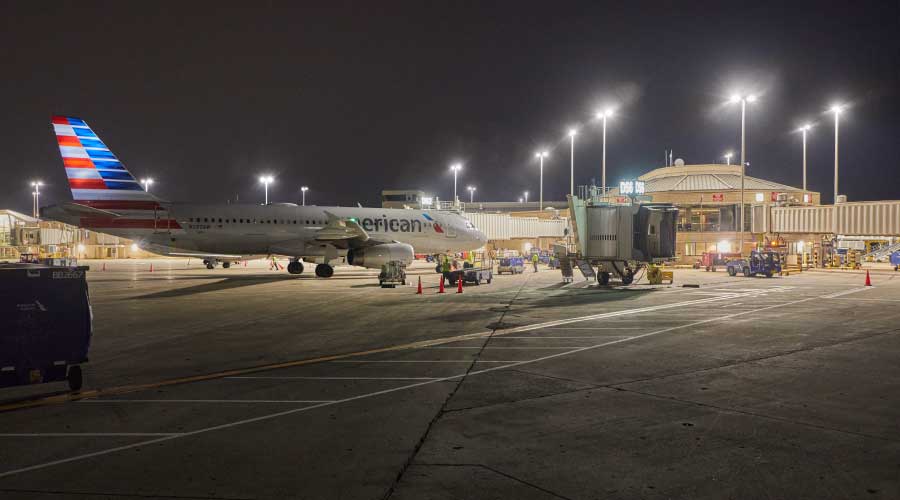Lighting Upgrades: Strategies to Meet ASHRAE 90.1-2001
Managers must follow three other conditions to meet ASHRAE 90.1-2001, including:
• installing all mandatory controls and circuiting provisions in Standard 90.1-2001
• installing bi-level switching in all occupancies, except hotel and motel guest rooms, store rooms, restrooms, and public lobbies
• achieving the minimum recommended calculated light levels established in the ninth edition of the Illuminating Engineering Society (IES) lighting handbook.
Mandatory controls. Standard 90.1-2001’s mandatory controls and circuiting provisions only apply when the code itself applies. In an existing building, the lighting-controls portion of the standard applies only if technicians replace the existing controls and at least 50 percent of the fixtures. Despite the fact controls often are not required in a retrofit situation and are not credited in the Interim Lighting Rule, which only recognizes reductions in lighting power, managers still should consider controls because of the energy savings they can deliver.
Bi-level switching. This control strategy often is considered a simple, economical way to produce energy savings, but it can be difficult to apply to existing buildings. NEMA defines bi-level switching as a manual or automatic control, or a combination of the two, that provides at least two levels of lighting power in a space, not including turning lights off. Managers can use dimming or switching, as well. An example of bi-level switching is dual circuiting of inboard and outboard lamps in three-lamp light fixtures that enables the selection of 33 percent, 66 percent, and 100 percent light output using two wall switches.
Minimum light levels. While providing at least the light levels recommended by the IES is important, managers also must consider light quality. To achieve acceptable quality, managers must consider visual comfort, glare, uniformity, color rendering, lighting on walls and ceilings, and harsh patterns, shadows, and flicker, according to IES’s Guidelines for Upgrading Lighting Systems in Commercial and Institutional Spaces.
Managers should view lighting upgrades as not only an opportunity to significantly reduce operating and maintenance costs, but also as a way to improve the quality of the visual environment. They need to consider whether to replace the light fixtures — not just the lamps and ballasts — to maximize lighting quality.
With rising electricity rates, reliable energy-saving lighting technologies, programs such as the U.S. Green Building Council’s rating system, Leadership in Energy and Environmental Design for Existing Buildings: Operations and Maintenance, and the availability of financial incentives such as utility rebates and the Commercial Buildings Deduction, now is the time to upgrade lighting systems.
Craig DiLouie is principal of ZING Communications Inc. — www.zinginc.com — and education director for the Lighting Controls Association — www.aboutlightingcontrols.org.
Related Topics:














